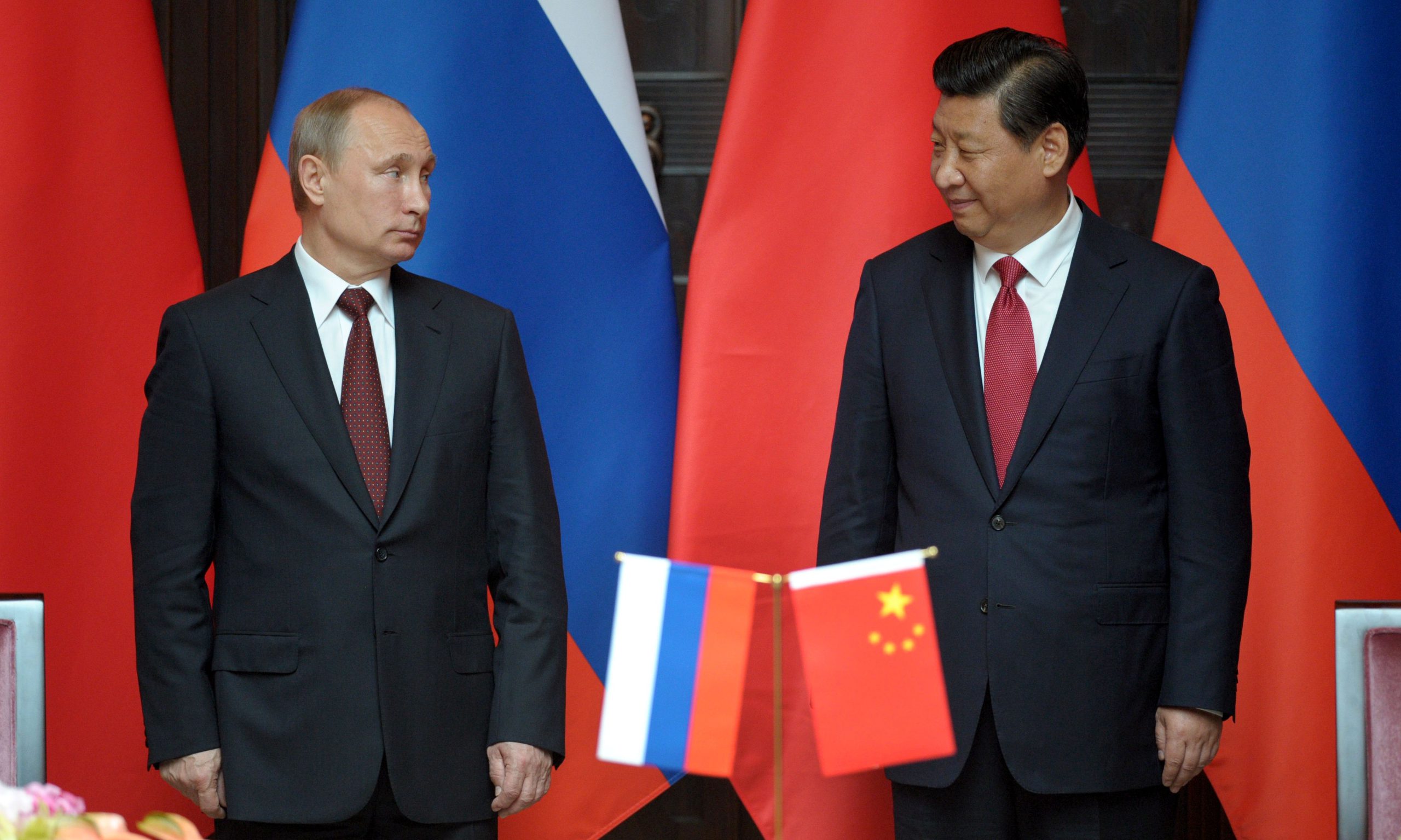Home » Chinese influence in Central Asia: on the rise
Chinese influence in Central Asia: on the rise

Moscow’s historical links to Central Asia mean it is the dominant regional power but over the long-term the balance will shift towards Beijing.
Last June, the Shanghai Cooperation Organisation (SCO) met in the Uzbek capital of Tashkent for its annual heads of state summit. The next day, Russian President Vladimir Putin travelled to China to meet with Xi Jinping – his fifth visit in four years. As the SCO’s largest and most influential member states, China and Russia have used the forum to pursue cooperative initiatives in Central Asia. However, increasingly divergent regional interests and new Chinese initiatives throughout Eurasia may threaten the status quo.
Beijing’s primary interest in the region is to ensure the economic development and security of its western province, Xinjiang. So far, China has primarily sought to develop strong trade ties with the region and is yet to extend its influence to the political sphere. Unlike China however, Russia seeks to ensure that governments in its ‘Near Abroad’ are politically aligned with its interests. The Kremlin’s fierce reaction to the toppling of Ukrainian President Viktor Yanukovych – a pro-Russian leader – is evidence of the importance Moscow places on political alignment with former Soviet states.
Many in Kazakhstan’s political elite fear that a Crimea-style secession could happen in the north of the country and have therefore maintained a strong pro-Russia stance. Soon after developments in eastern Ukraine began to emerge, Kazakh president Nursultan Nazarbayev commented that Russia’s actions in Crimea were based on the protection of ethnic Russians. Given that ethnic Russians constitute 23 percent of Kazakhstan’s population it appears Nazarbayev’s acknowledgement of the Kremlin’s narrative was designed to alleviate concerns about possible secessionist movements, thus demonstrating Moscow’s political influence in the region.
THE RISE OF CHINESE INFLUENCE

While Central Asia is well accustomed to the presence of Russian influence, it is only recently that Beijing has become a major regional power. Since the fall of the Soviet Union in 1991, China has strengthened its ties with the five Central Asian republics and, over the past decade, this process has accelerated. The opposition to Chinese rule among the Uyghur’s in Xinjiang has driven Beijing to achieve greater provincial economic development, and therefore strengthen trade ties with Central Asia.
In recent years, China has greatly enhanced its trade links to Central Asia, with substantial amounts of investments in the energy sector. In 2005, an oil pipeline from Kazakhstan’s Caspian coast to Xinjiang was completed. This was followed by the construction of a natural gas pipeline from Turkmenistan to China in 2009. Since 2012, The Chinese National Petroleum Company – a state-owned oil and gas corporation – has signed a series of contracts for hydrocarbon imports with Kazakhstan and Uzbekistan worth $30 billion and $15 billion respectively. In 2013, Chinese natural gas transactions with Turkmenistan were valued at $16 billion and will continue to rise with the $8 billion loan from Beijing to help develop the Galkynysh natural gas field – the second largest in the world. Therefore, it comes as no surprise that China is now the largest trading partner of Turkmenistan, Kyrgyzstan, Uzbekistan and Tajikistan.
These infrastructure projects are the start of the much larger One Belt, One Road (OBOR) program, an estimated $1 trillion infrastructure investment development project targeted at facilitating connectivity and cooperation between China and other states in Eurasia. The Chinese province of Xinjiang and the wider Central Asian region will play a crucial role in China’s OBOR policy. These regions will be among the first to witness new construction projects, including new oil and gas pipelines and transcontinental railway lines.
For the Central Asian countries involved in OBOR, this economic partnership will be of substantial benefit. As a result of their shared Soviet history, many Central Asian states are overly dependent on the Russian economy – its stagnation over the past three years has had severe impacts on the economies of Central Asia.
The announcement of China’s OBOR has been a welcome development for Central Asian republics. New infrastructure programs such as the Yiwu-Tehran railway – a line traversing China, Kazakhstan, Turkmenistan and Iran – will help to decrease transport costs and time for goods travelling from China to the wider region, increasing productivity.
RUSSIA AND CHINA: THE SHIFTING BALANCE

The most recent SCO summit showcased that, for the time being, China and Russia do have mutual interests in Central Asia. The signing of the 2016-2020 Action Plan at this meeting demonstrated that the two powers are willing to work together to drive development and cooperate on security issues, particularly counter-terrorism.
Ultimately, while Russia’s historical links to the region mean it will continue to be the dominant political power for at least another decade, in the long-term, the current power balance will undoubtedly begin to shift. There is no guarantee that China will remain solely interested in trade and, if Moscow cannot improve its own fiscal situation, Russia’s influence along its periphery will begin to weaken.

